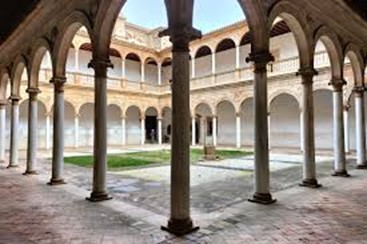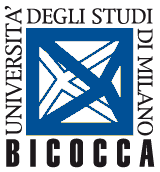Italian Constitutional Court, N. 20/2025, 29 January 2025

The Italian Constitutional Court has revisited the long-standing issue of municipal tax exemption for religious buildings and, on this occasion, reaffirmed the peculiar hierarchy of the sources of law characteristic of ecclesiastical law.
The Regional Tax Court of Second Instance of Piedmont challenged the constitutionality of the exemption regime from municipal property tax (ICI), as provided under Article 7, paragraph 3, letter i) of Legislative Decree No. 504 of 1992, which introduces provisions on the reorganization of local government finance. According to the provision, buildings used exclusively for, among other things, charitable or educational activities would be exempt from taxation.
According to the referring judge, the ICI exemption regime, applicable to ecclesiastical properties, did not allow for the separation of mixed-use buildings, e.g. where part of the premises might be used for worship (and thus be exempt from taxation) while other portions of the building could be used for non-religious purposes (and therefore be taxable).
The inability to distinguish between religious activities (exempt) and other activities (taxable) would entail a breach of one of the commitments undertaken by the Republic in the Agreement with the Holy See signed at Villa Madama. Article 7, paragraph 3, of the Agreement of 18 February 1984 reflects one of the fundamental principles underpinning ecclesiastical tax law – the principle of equivalence – according to which, for tax purposes, ecclesiastical entities pursuing religious or worship aims are treated the same as those pursuing charitable or educational purposes.
The Constitutional Court declared the question of constitutionality as inadmissible and clarified several points relating, on the one hand, to the hierarchy of legal sources in ecclesiastical law, and, on the other hand, to the tax treatment of ecclesiastical entities.
Firstly, the constitutional basis for international obligations arising from bilateral agreements (in particular the 1984 revisions to the Lateran Pacts of 1929) is found in Article 7 of the Constitution, and not in Article 117 of the Constitution, which applies instead to the incorporation of non-specified international treaty norms into the Italian legal system.
Secondly, the referring order failed to consider the intervening legislative change brought about by the introduction of the IMU (Municipal Property Tax). Unlike the ICI, the IMU exemption regime introduced thereafter conditions the granting of tax benefits for mixed-use ecclesiastical properties on the cadastral subdivision of the relevant areas. This legal framework, moreover, has been deemed compatible with EU law, as it prevents fiscal opacity and does not distort competition within the single market.
(Comment by Tania Pagotto)

